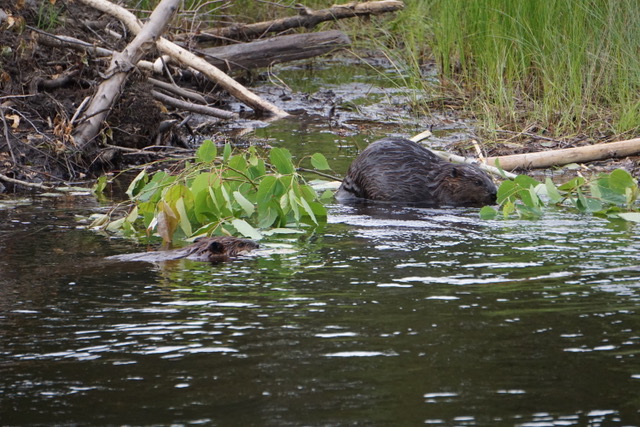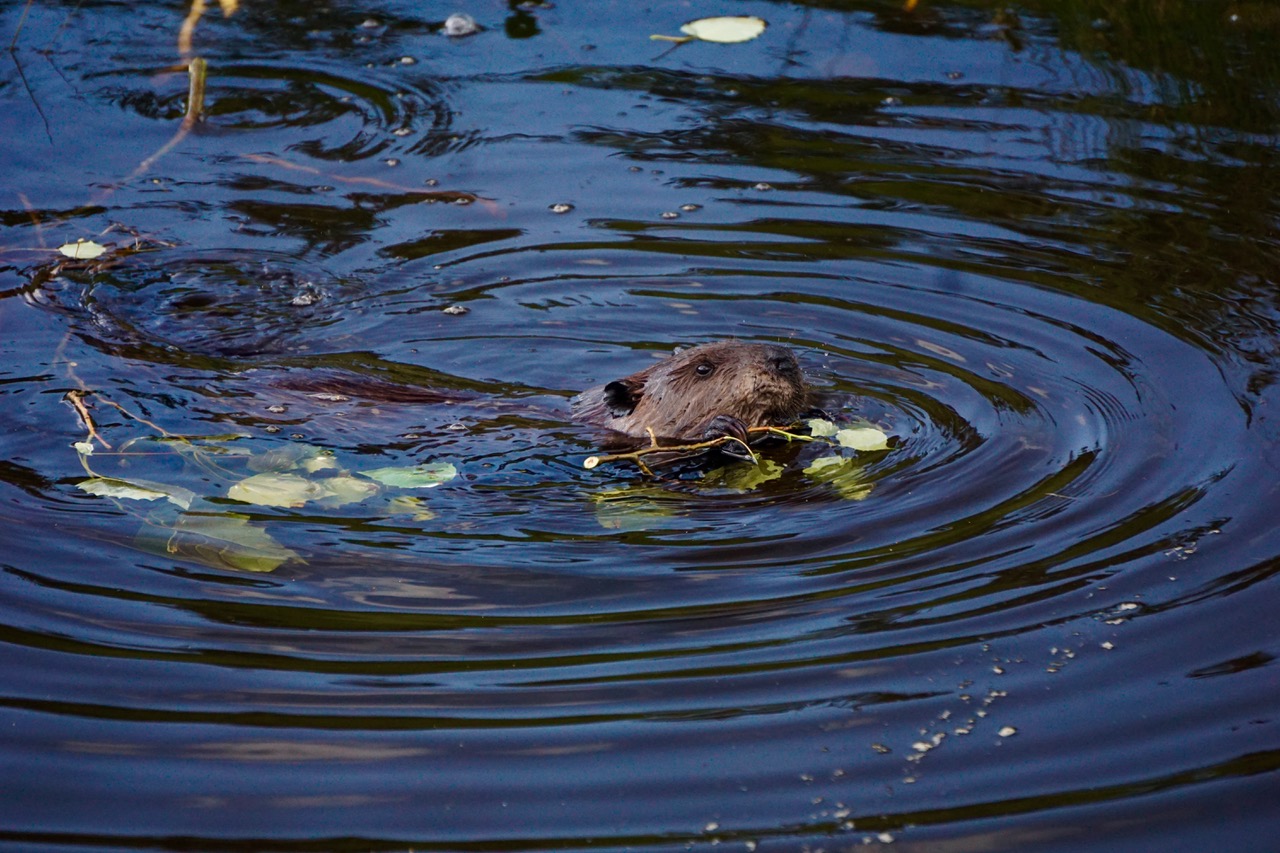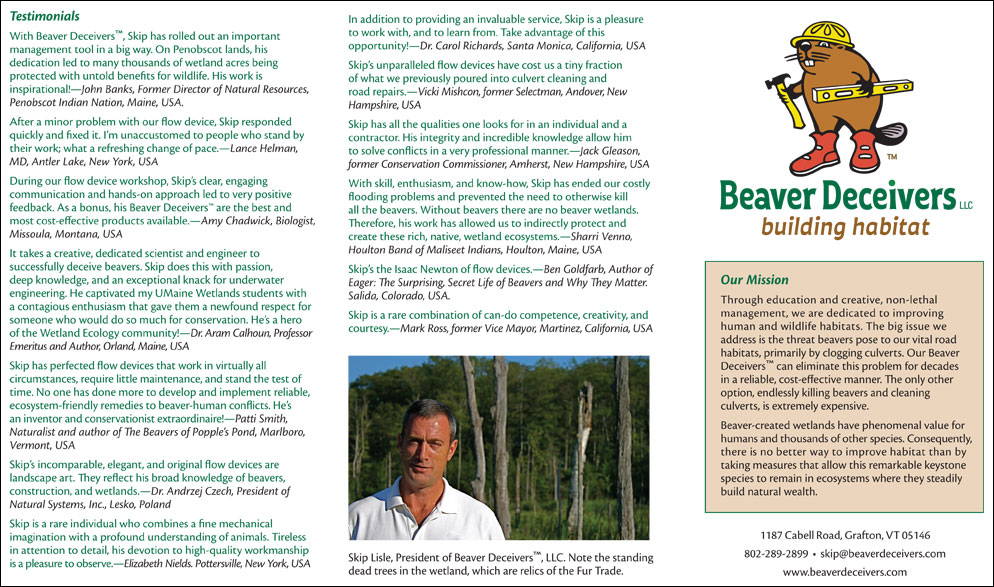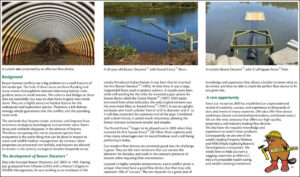Human properties are widespread in a landscape in which beavers, an invaluable species, have become a modern reality.
After a strong recovery in recent decades, beavers are a common presence in most of North America and a growing segment of Eurasia. Beavers damage properties by chewing, digging, and damming (flooding). Damming is by far the biggest issue, particularly in specific areas of the infrastructure. As economists, beavers try to create the maximum area of wetland habitat with the least amount of work. Beaver-damming habitat is largely confined to small streams in low-gradient areas. Here, narrow points, or pre-existing dams, will always be dammed. Culverts are simply small holes in big dams (the road). Unsurprisingly, they account for most damming problems.
When a culvert gets clogged, it has to be cleaned. This is usually done with heavy equipment. At some sites, this may occur dozens of times as beavers easily re-clog the culvert each night. If it is not cleaned every day (at least until all the beavers in the area are killed) the road may be damaged or lost. On a significant thoroughfare, that may represent tens of thousands of dollars for each event.
Beavers are great explorers of the landscape. The thing they seek most is an unoccupied territory with a good place to dam. If you eliminate local beavers, and do not protect the culvert, you have created the perfect destination spot for dispersing beavers. The new beavers will also be shot, and the culvert excavated. “Boom and exhume,” in perpetuity. The acceptance of this cycle, combined with an unwarranted confidence in kill-defense, probably costs tens of millions of dollars each year in North America.
Humans often seem unable to recognize good long-term economics, especially when there’s a weapon handy. With guns and traps allowing for a “free,” short-term remedy, people often develop a false sense of security. They forget that the dead beavers are not the only beavers.
Kill strategies also prevent beavers from building ecological wealth in the general area around the conflict point. Frequently, the culvert is the only thing threatened. Protect it, and beavers are free to go about their business of creating ecological and hydrological gold. Because wetlands are so important, beavers might create more value for other wildlife and society than any other animal on Earth.
This is where Beaver Deceivers International can help. It’s not easy to sneak water away from beavers and to protect culverts and other properties non-lethally. If the devices fail, or require constant maintenance, you’ve gained nothing. The judgment, skill, creativity, and experience of the builder, and the quality of the product, are critical. By delivering you the best, most durable, and most effective products available, we can assure you success and guarantee maximum possible savings. Reject “boom and exhume,” invest in the future, improve wildlife habitats, and save money!





